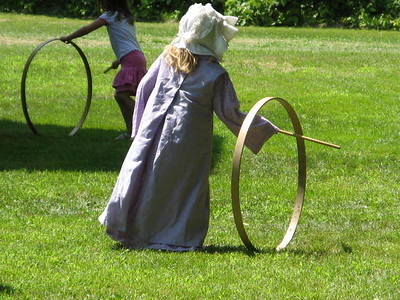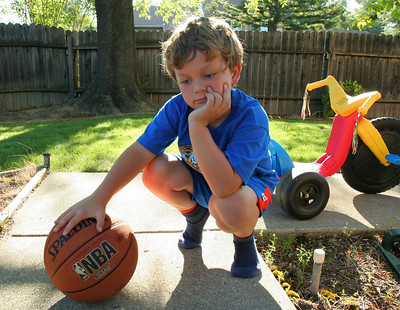Learning games are a great way to teach your child a well-rounded set of skills and to lay a foundation for all the learning she will do in life. You'll find lots of examples and activities on our blog and website. Here we've collected some principles that will help your experience of playing learning games go smoothly.
Keep it fun and lighthearted. As soon as learning feels like work instead of play, your kids will resist.
Don't force anything. Invite, make it appealing, demonstrate how much fun the activity is, but don't make your child do something he isn't interested in. He may not be developmentally ready, or his development may be centered around a different skill this week. Appeal to his interests rather than what you think he ought to be doing.





 Have you ever wondered how to teach your child to follow directions without it turning into a power struggle? The key is to focus on following directions as a skill that children can learn gradually in the same fun ways that they can learn their colors or to tie their shoes.
Have you ever wondered how to teach your child to follow directions without it turning into a power struggle? The key is to focus on following directions as a skill that children can learn gradually in the same fun ways that they can learn their colors or to tie their shoes.
